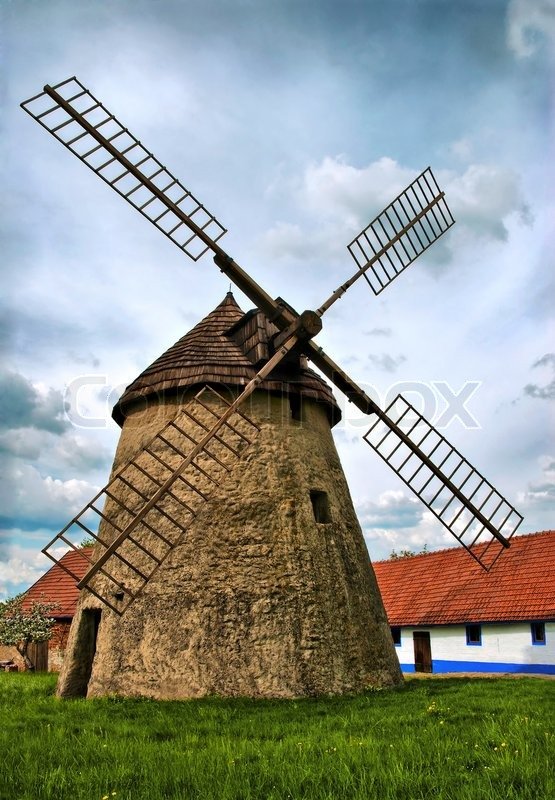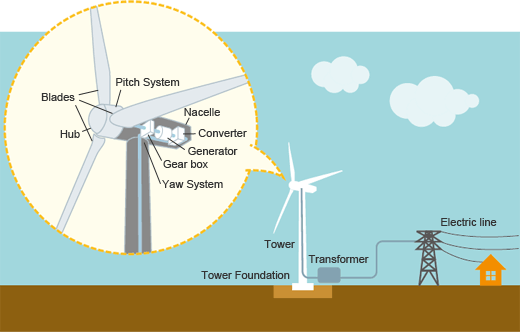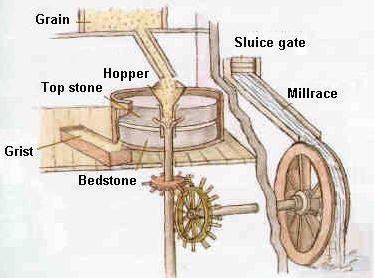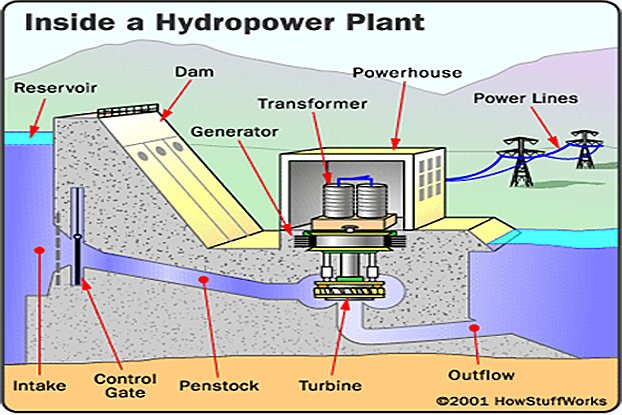Inexhaustible energy
During the 20th century, the world energy demand increased remarkably. The use of fossil fuels as an energy source brought with it serious pollution problems. Faced with this, other, more "clean" alternatives were emerging, such as hydroelectric and wind energy.
The windmills
The first ones that took advantage of wind energy or wind energy were the people who inhabited the region of Persia, in present-day Iran, during the seventh century. They did it by means of very elemental windmills, which they used to grind the grains and produce the flour for family consumption. In France, during the 14th century, stone mills in the form of towers began to be built.
They had wooden blades that revolved around an axis. These devices continued to be perfected and quickly spread throughout the East and West.
Another application of windmills is to obtain water from groundwater for agricultural irrigation.
Nowadays, the mills are still used to obtain water from the field. In Holland, they are used to pump it from lands that are below sea level.

Source
Wind power plants
The great technological advance of the 20th century allowed the creation of new machines, wind turbines, which take advantage of the force of the wind based on the principles of the old mills.
At the end of the last century, Denmark started generating electricity with the use of wind turbines.
Wind turbines, used for the production of electrical energy, are conveniently installed by tens or hundreds, forming a wind farm or wind farm.
The elements that make up the wind turbine are:
The rotor: A device that transforms wind energy into mechanical energy and is composed of three blades, an axis that transmits the rotating movement of the blades to the generator and the bushing, which holds the blades to the shaft.
The generator: Whose function is to transform mechanical energy into electrical energy.
The tower: Holds the entire system at the necessary height.

Source
The energy of water
In ancient times, hydraulic wheels were machines that used water energy to perform different jobs such as grinding grain. It is believed that the first applications of water to move these wheels were made in the Near East, in 3000 BC.

Source
The hydroelectric power plants
During the twentieth century, the man was able to take advantage of the energy that water has when falling from a great height in the areas of waterfalls or waterfalls, and convert it into electrical energy. To this end, giant dams or dams were built to create reservoirs and reservoirs where water accumulates.
In a hydroelectric power station, the water is captured at a suitable height, it is taken to the power station and it is released once its energy has been used.
Every plant consists of a reservoir dam, connection pipes, machine rooms and transformer plants.
In the engine room are turbines and generators or alternators, indispensable devices to carry out the transformation of the kinetic energy of water into electricity. The water that circulates through the pipes reaches the turbines. Turning your paddles or vanes. This movement is transmitted to the axis of the alternator that, solidary with the axis of the turbine, produces electrical energy.

Source